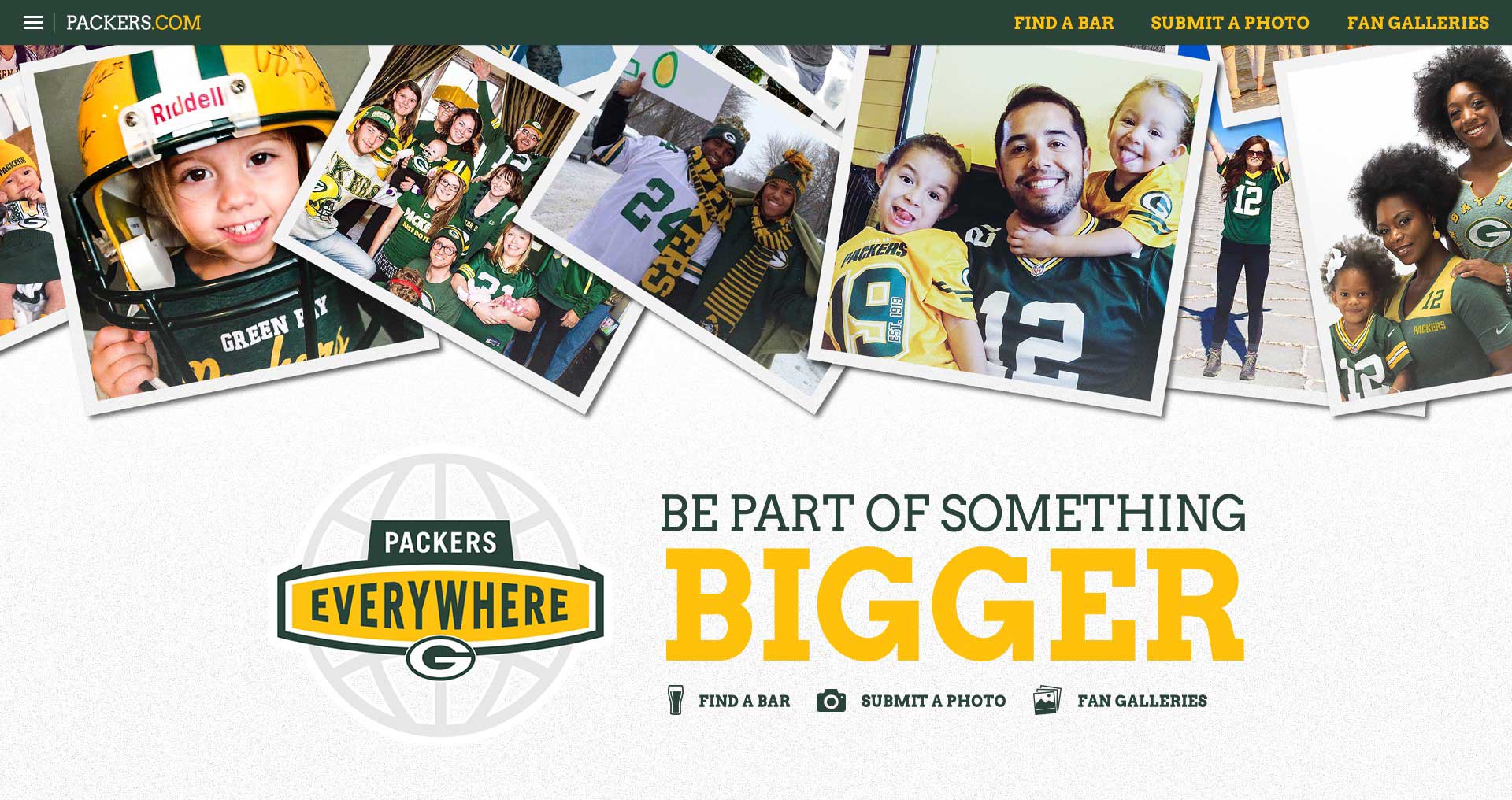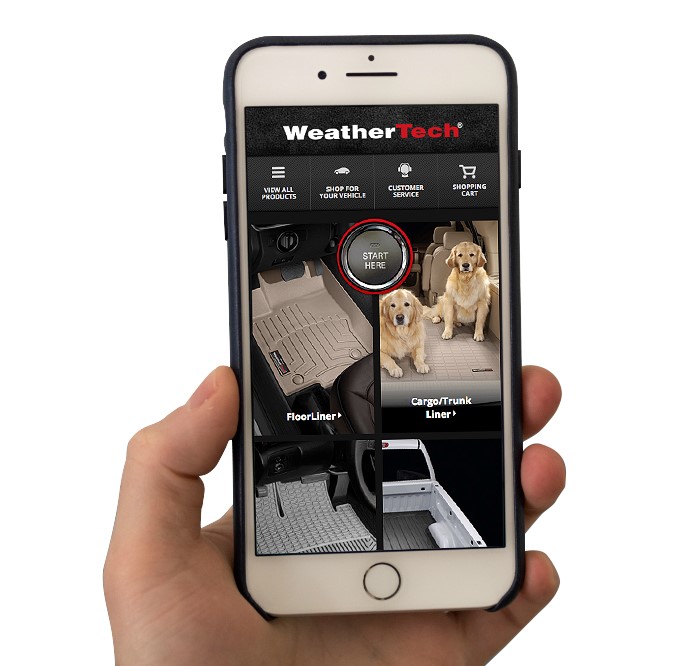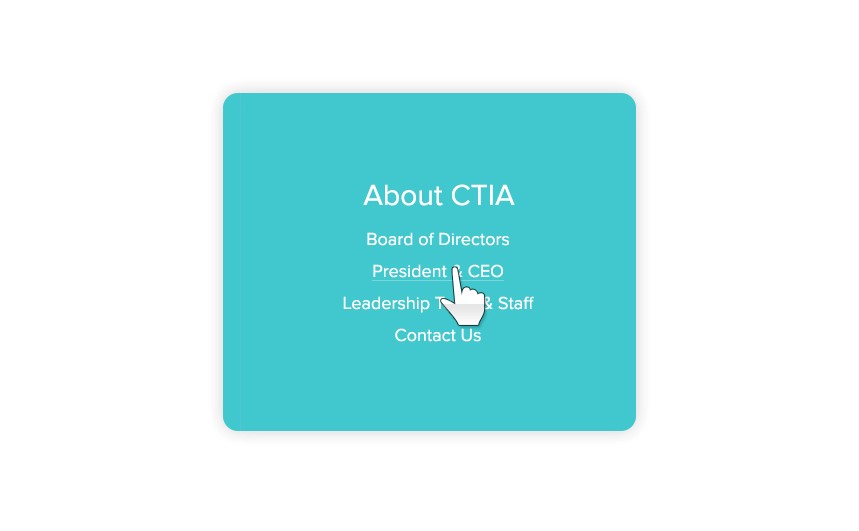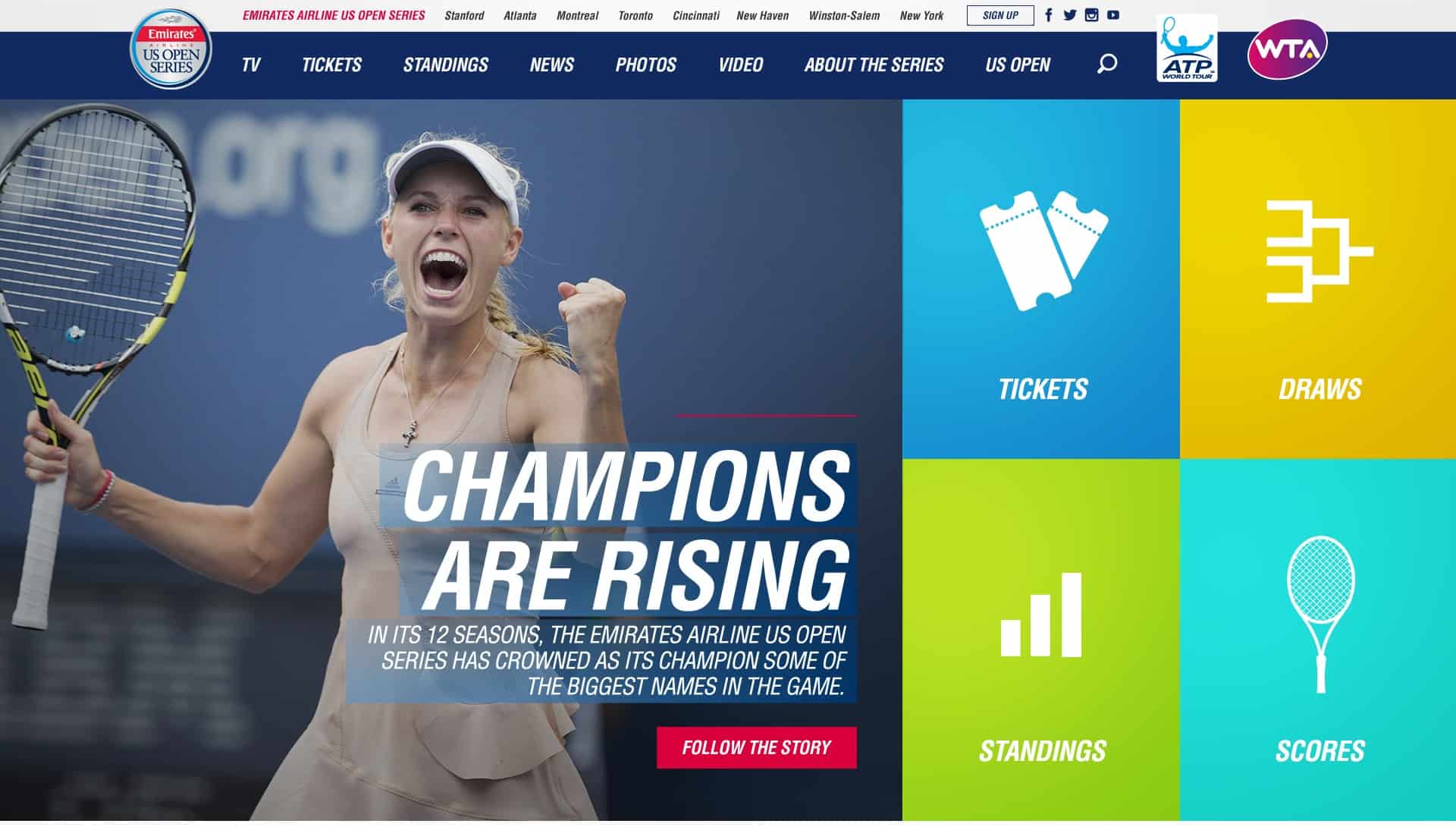As we start the year 2017, it’s a great time to look ahead and ask:
What are the biggest trends that will define the world of web design in 2017?
The web is a trendy and evolving environment mainly driven by innovation and new digital devices. These trends are the driving factors for change and improvement in our industry. Using them will help your business reach out to your customers today and well into the future.
Let’s examine a few of these trends we can expect to see in 2017 and beyond.
A focus on designing for content
High quality content is essential for the success of any website. Original and engaging content can attract new users and give them a reason to keep coming back while also providing crucial information to educate the main search engines about your site.
People visit websites for their content. Designs should let the content shine and allow the reader to focus on the message without a distraction from graphical elements or clutter. Personalization of this content will be the next evolution in this process. Content based on demographics, behavior and context will be delivered to the website user.
Flexible and large typography
As the web design world starts to focus more and more on content, we have seen the experimentation of creative typefaces that are big and bold being displayed on our websites. With more focus on typography design, these powerful typefaces can help accentuate the content and brand recognition.
 Example: packerseverywhere.com
Example: packerseverywhere.com
Large and bold typefaces have also brought on the trend of responsive and fluid typography. This is the notion that font sizes can adapt gracefully to different screen sizes. These techniques can ensure content is legible and improves accessibility across a wide variety of devices and viewports.
Smaller navigation and menus options
Now that a high percentage of website traffic is coming from mobile devices or smart phones, smaller and simpler navigation menus make it easier for users to find what they are looking for. More and more websites are starting to adapt website menus with three to five options. Less navigation options have proven to help visitors focus on their intent at hand.
 Example: weathertech.com
Example: weathertech.com
Engaging micro-interactions
Micro-interactions are subtle, creative ways to interact with websites. They often come in the form of hovers, click-animations, or scrolling effects.

Example: ctia.org
These small, on-screen behaviors have begun to play an essential role in UI and UX design today. They help users understand what to do and what’s happening, while providing engagement and entertainment at the same time.
A great example of a simple micro-interaction you may be familiar with is the ‘like’ button on Facebook. When a user clicks or touches the icon, it increases in size and turns color to inform the user of their action.
Use of bold color and gradients
A few years back, flat and material design became the norm throughout the web design community. This practice has a very functional purpose and still holds true today. Brands and designers have become increasingly aware of websites becoming all too similar, leading to a decrease in personality.

Example: emiratesusopenseries.com
We see this trend changing in 2017, with a new spotlight on vibrant color and a resurgence in the use of gradients. New devices are now more advanced and producing richer color and vibrant hues. This will help brands focus more on personality and attract the attention of users.
Conclusion
2017 is sure to see some great websites and designs with rich content and beautiful brand recognition. From the use of bold color, to engaging micro-interactions and animations, to smaller navigation menus - these are some of the trends you can expect to see in 2017 and beyond!
Best of luck and we hope to see you designing in 2017!
